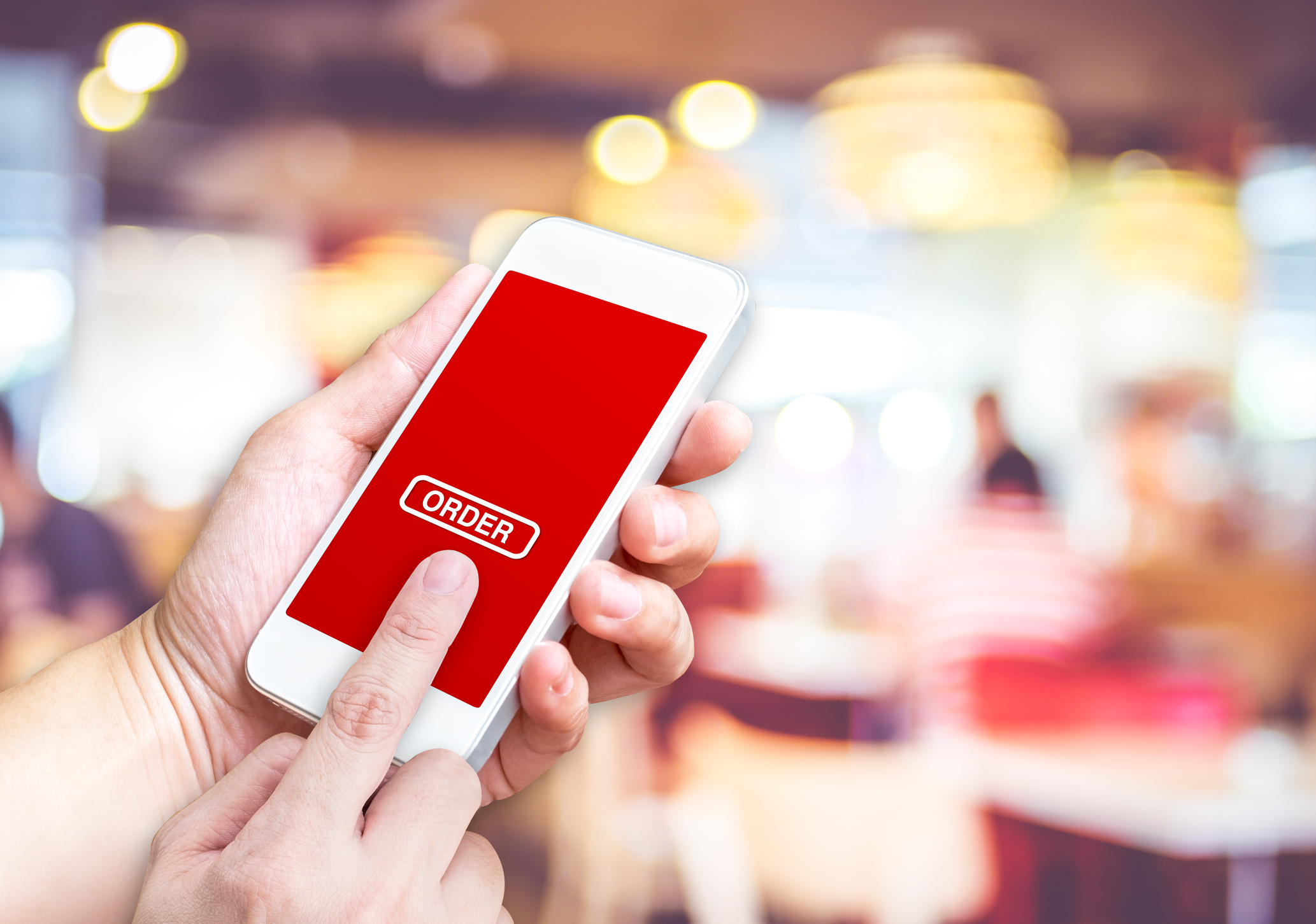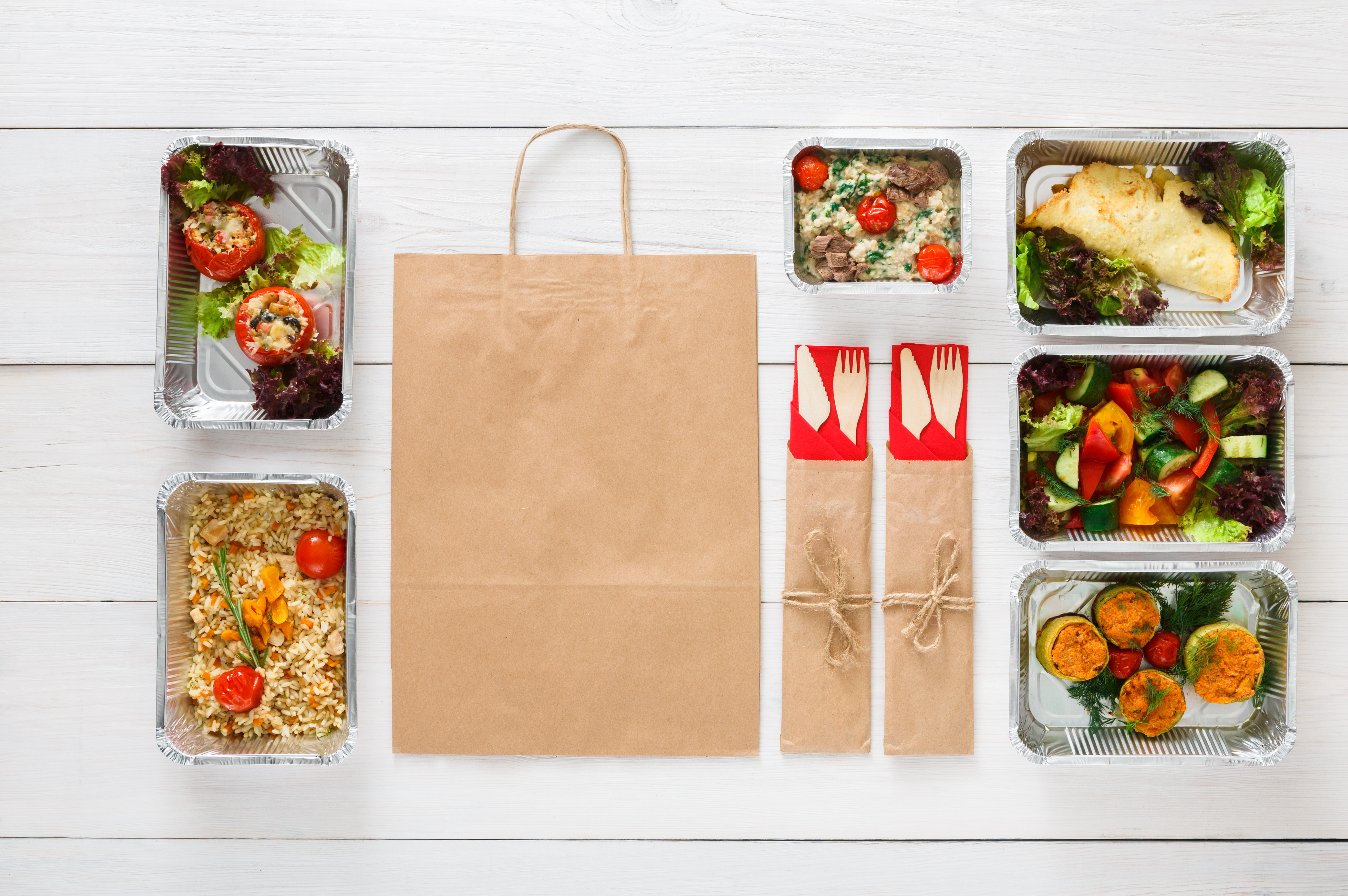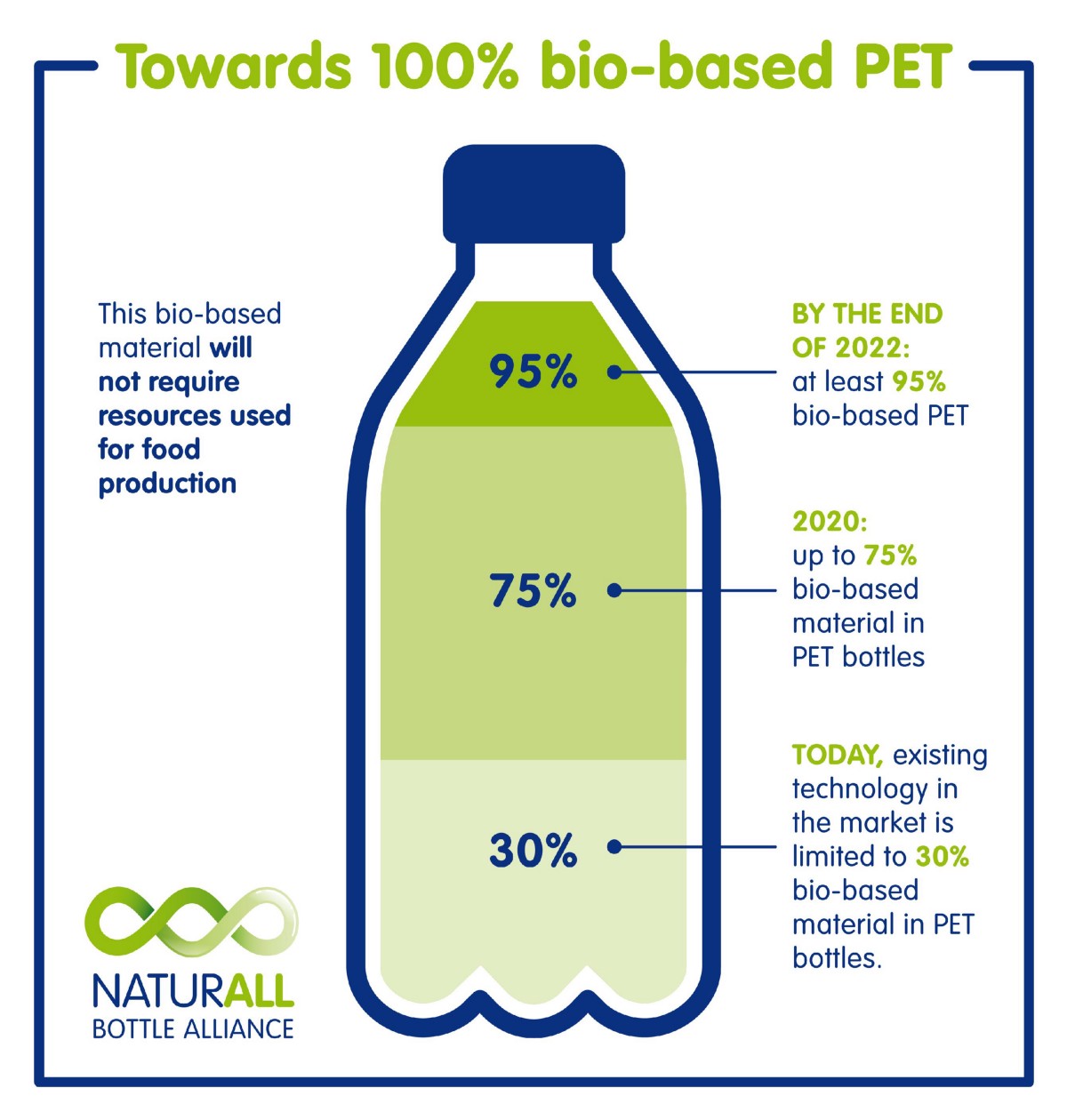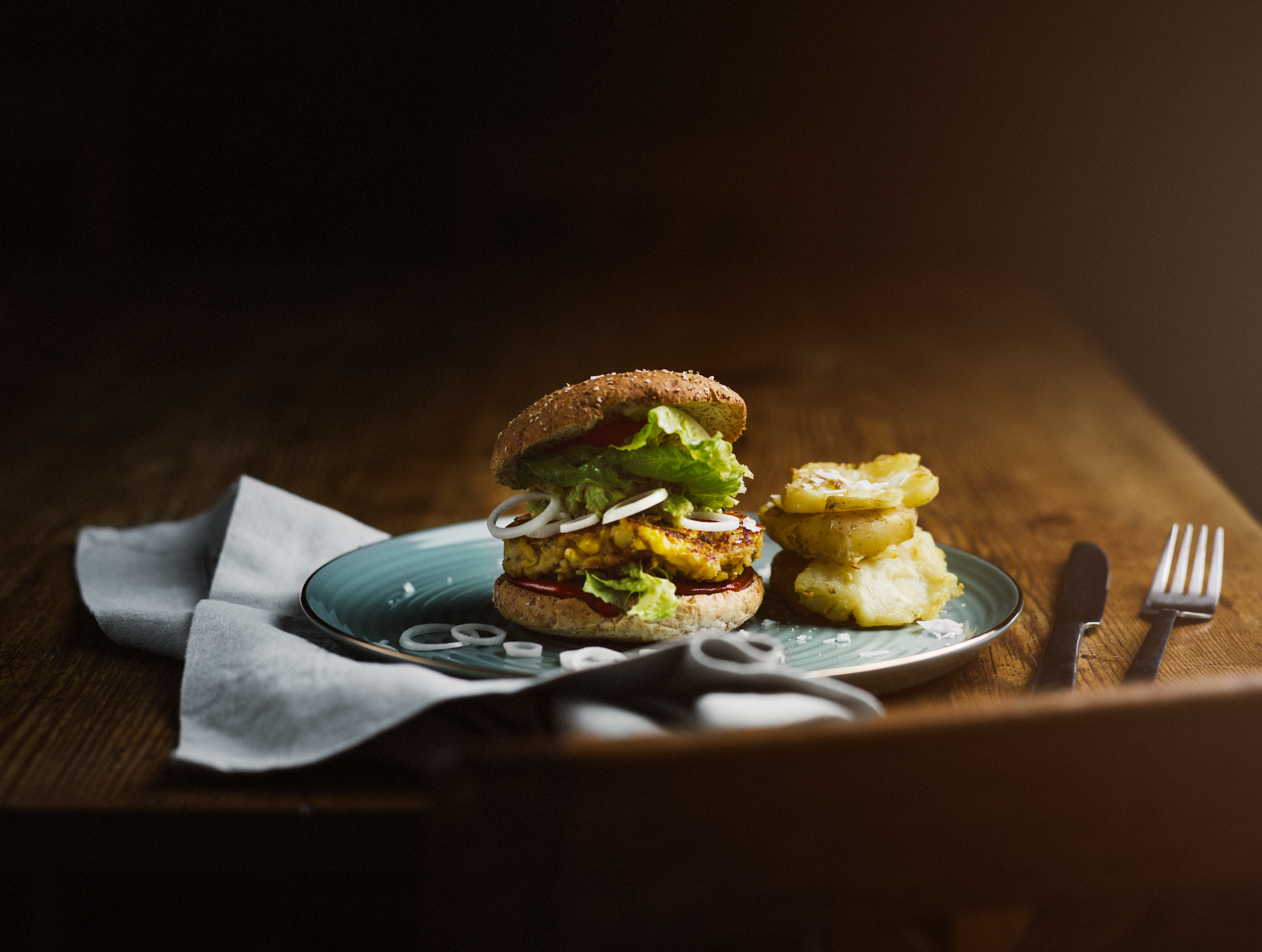
The golden arches of McDonald’s used to represent the epitome of cheap, fast, convenient food. But while the drive-thru model in many ways revolutionized how we consume, more change in “fast food” is afoot. As the tech world and food world increasingly overlap, there’s an exploding number of food apps that deliver deliciousness right to your door.
According to The Toast, 74% of millennials report a preference for food delivery, and the market’s potential is estimated at around $210 billion. Naturally, the most demand is for pizza that delivers “near me.” Unsurprisingly, pizza currently accounts for about 60% of the food delivery market. But we’re quickly moving beyond the days of the classic pizza boy. Pizza delivery is increasingly high-tech, too, while the number of services that facilitate food delivery continues to grow.
Take Zume, a California-based pizza delivery company. Behind the scenes, it’s not just humans making each pie. Instead, the company has robots that measure and spread the pizza sauce, and put the pie into the oven. (Humans do all steps in between.) According to the company, this decreases the amount of time it takes for each order, making things even faster and more convenient.
Food Apps that Deliver are on the Rise
Domino’s pizza tracker, available online and as an app, was one of the earliest disruptions in the world of food delivery. Not only can customers easily pick their toppings without having to actually call a restaurant, but they can see step-by-step when the food is prepared and “shipped.” Now, numerous apps also let customers quickly order food to be dropped at their doors—and not just for pizza. GrubHub, Door Dash, Just Deliveries, Uber Eats, Amazon Prime Now, Delivery Hero, and Food Panda are just a few players in the growing food delivery market and many also offer the same easy ordering and tracking features that Domino’s mainstreamed.
GrubHub, for instance, is a food delivery aggregator, meaning it simply acts as a middleman in the meal process. It puts restaurant menus and reviews in one place and lets users order their meals through the GrubHub app. Then, GrubHub routes the order to the chosen restaurant and that restaurant both fulfills and delivers the food. A company like Just Deliveries, on the other hand, facilitates delivery for restaurants—many higher-end—that don’t offer the service. They don’t just take the order, but actually have their own logistics networks for delivery.
There’s More to it than just Prepared Meals
When it comes to food apps that deliver, though, it’s not just about prepared meals. Blue Apron, which went public in June, 2017, is perhaps the best testament to a broadening concept of food delivery. Blue Apron delivers meal ingredients and recipes on a subscription basis—a more niche version of the growing grocery delivery markets (led by Amazon and Instacart).
Altogether, fast food arguably isn’t fast enough anymore, as it still means shoppers have to go somewhere. The younger generation especially is drawn towards food delivered to wherever they are, and technology is increasingly making such a level of speed and convenience possible. Whether it’s groceries, a pizza, or your favorite restaurant’s best meal, there’s a good chance it can easily be dropped on your doorstep.





